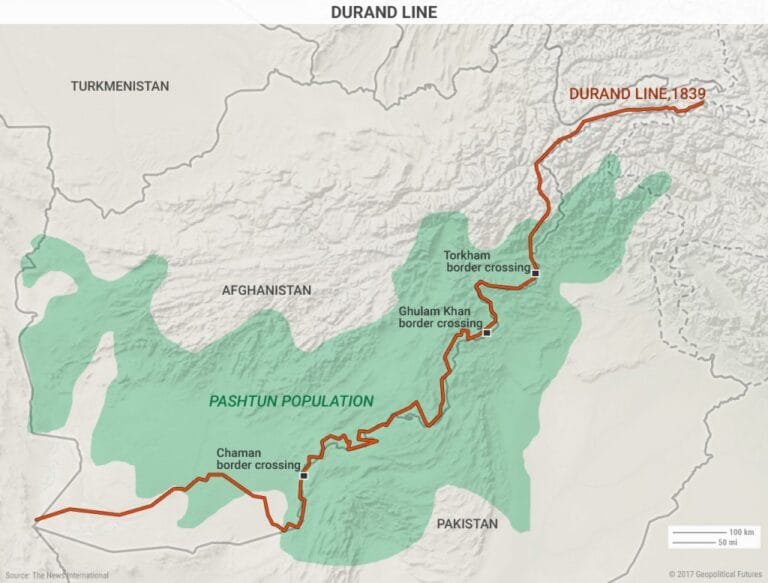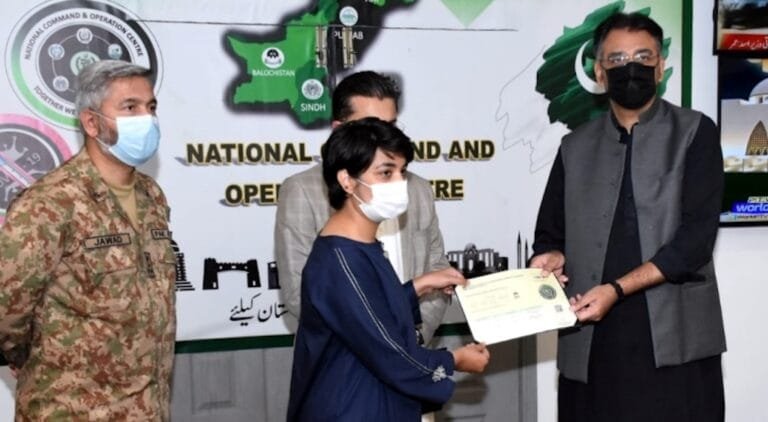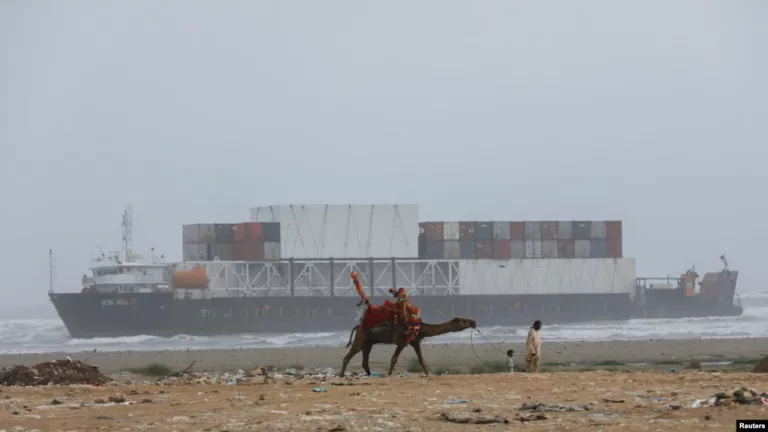If Pakistan’s magnificence and wonder are on top of your tour itinerary, you just have to find these best cultural sites in Pakistan to visit in 2021.
There is little knowledge of tourism in Pakistan in relation to several other nations, which is more beautiful when you look first at some of the natural marvels and cultural sites in Pakistan.
Pakistan actually has everything out of old kingdom palaces passing through the crystal-clear waters of lakes in wide, panoramic landscapes. It is as interesting and different as it is fantastic.
Best cultural sites in Pakistan to visit in 2021
Want to explore Pakistan’s history and culture, continue to read about the best cultural sites in Pakistan to visit in 2021.
Takht-i-Bahi Fort

Takht-i-Bahi literally refers to the ‘spring throne’ that belongs to the Buddhist monastery complex dating from the 1st century A.D. It is located on a hill approximately 152 m above sea level and about 16 km from the city of Mardan and about 80 km from the city of Peshawar. It consists of four main components, its Stupas complexes, its monastery complex, its tantric compound and its temple building.
Rohtas Fort Jhelum
Rohtas Fort is located in Punjab, Pakistan near the town of Jhelum. This fort is situated on the GT ancient road between Afghanistan’s mountains and the Punjab plains. It was constructed during King Sher Shah Suri of Afghanistan. The fort is almost 4 kilometres away. It was created to defeat Potohar’s indigenous tribes, which revolted against the Sur Dynasty after the former was overthrown by Mughal Emperor Humayun.

The fort was erected eight years later and conquered by emperor Humayun of Mughal in 1555. The Sikh king Ranjit Singh utilised Rohtas periodically for administrative purposes after he conquered it in 1825.
Quaid’s Residency Ziarat

The last home of the great leader, Jinnah, was in his last months of life was Quaid’s residence. It is located in Ziarat, a beautiful mountain station about 3 hours by car from the city of Quetta in Baluchistan. The fact that his physicians suggested the sick Quaid live in a pleasant place like Ziarat has historical importance for the whole country. It was due to the pure mountain air and the scent of the site that persuaded Jinnah to live here.
Shah Jahan Mosque Thatta

The Shah Jahan Mosque is a structure of the 17th century and is also known as the Jamia Masjid in the Thatta city in Sind Pakistan. During the era of Mughal Emperor Shah Jahan, the building was constructed and granted the city as a tribute of thanks. The mosque is regarded as the most comprehensive showing of work of carving in South Asia. Its ornamental aspect is unique for mosques from the Mughal period, which is famous for its geometrical brickwork.
Shalimar Gardens Lahore

The Shalimar Garden was created for her wife by Shah Jahan. This is one of the most magnificent and gorgeous constructions of the Mughals, today an attractive place for visitors to visit. These are in the northeast of the city of Lahore. It is refurbished for excavation numerous times a year. These gardens include nicely shaped ponds and interesting fountains.
White Palace Swat

Safaid Mahal (White Palace) is one of the best cultural sites in Pakistan to visit in 2021. It is built just beside Margazar, is one of Saidu Sharif’s specialities. The palace was used as the Wali’s home before and after Pakistan’s independence. This same is on Margazar Hill’s location. There are around 30 rooms at this tourism resort and the daily fee is Rs5000-6000.
Abbasi Mosque Cholistan Bahawalpur

Abbasi Masjid is a mosque in the Pakistani Cholistan Desert area and a national historic monument. The building is patterned upon Jama Masjid, Delhi, and Moti Masjid in Lahore and was constructed in1849 by local rulers Nawab Bahawal Khan. The Mosque has a dark golden dome made of white marble. Ruins of many historical periods, including the ancient civilization of the Indus Valley, surround the mosque. In the Monsoon season, the seasonal Hakra River runs beside it. The Mosque of Abbasi lies next to Fort Derawar. The fort is situated to the west and a necropolis to the east. The region may be accessible from Bahawalpur through the Chol via a small road. The region may be accessed across the Cholistan Desert by a small route from Bahawalpur.
Badhashi Mosque Lahore

Another remarkable building and historic location worth visiting in Pakistan is the Badshahi Mosque. It is an enormous mosque that shines out from any of Pakistan’s established mosques and after the Shah Faisal Mosque, it is regarded to be Pakistan’s second-biggest mosque. This mosque’s design is the key aspect and while it was built in the year 1671, its engineering and artisan workmanship have remained a wonder till now.
Darbar Mahal Bahawalpur

Darbar Mahal is one of the marvels of the era, which bears witness to Abbey kings’ wisdom and affluence. The archaeologists say that both local and foreign influence was wisely mingled by Darbar Mahal’s art form. Especially the impact of Delhi, Mughal, Sikh and even Europe. History reveals that following Derawar, Bahawalpur was founded within a few castles, notably the Darbar Mahal in Bahawalpur, and the new royal capital of the Abbasi and centre of abbasi architectural style in India, it is hence commonly called in local culture as the “Princely state.”
DharmaRajika Stupa Taxila

The first Buddhist structure in Pakistan is Dharmarajika Stupa. It was one of eight shrines built by Emperor Asoka of Mauryan Dynasty in the 3rd century B.C. to store the Buddha’s relics. The temple was constantly extended throughout time and in 2nd century A.D reached its maximum size. Now a ruin and a stupa, formerly covered with lime and gold, fell together with a seven-tier parachute stone, which once capped the summit. The ruins of the huge monasteries lie close to the stupa, which is hardly discernible except the foundation stones.
Final Word
Every year Pakistan attracts increasing attention from visitors, and these wonderful sites remind us why.
You can discover anything in Pakistan, whether you want to visit the best cultural sites in Pakistan in 2021 or to enjoy an old history, spend time in nature or experience a very distinct culture.









4 thoughts on “Best cultural sites in Pakistan to visit in 2021”
Comments are closed.